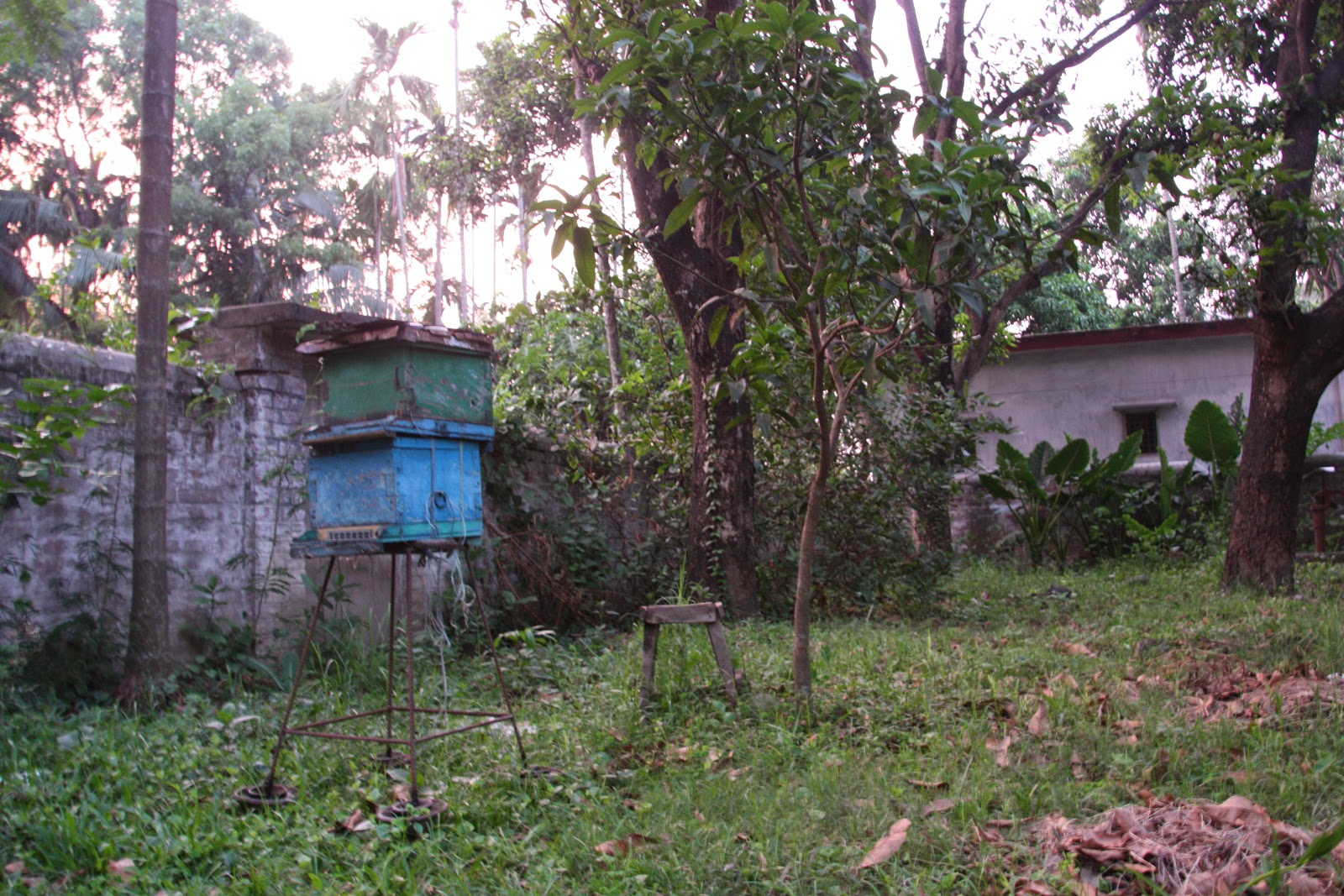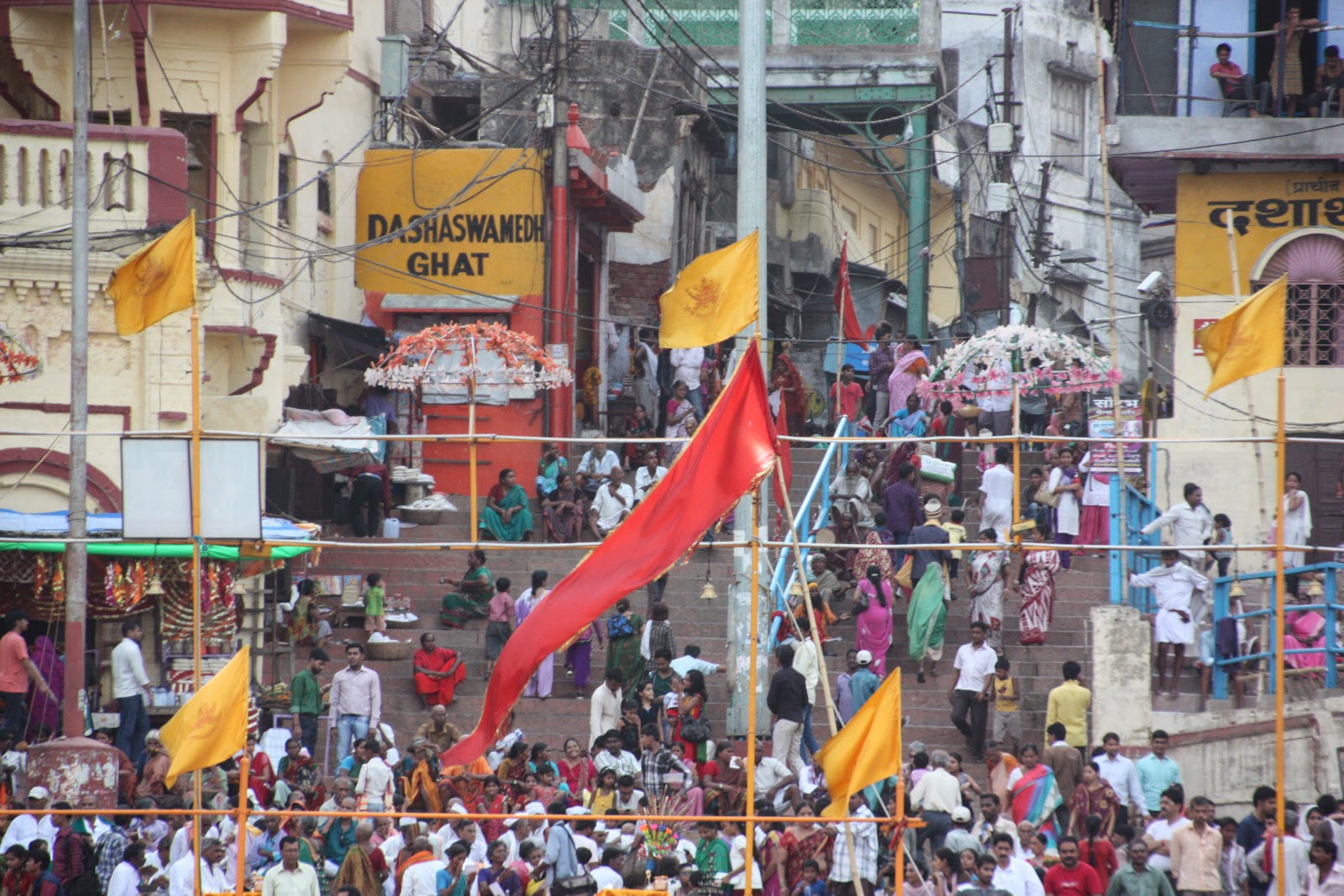I just came across this post from last June. I didn't get around to publishing it then - so here it is.
Saturday, June 14 (2014): The last leg of an already transformative journey sent me to Bangladesh, where my cousins have been missionaries for the past 25 years. It goes without saying that my experience with them was going to hit a spiritual level. And that it did. In many ways, the trip was beyond my descriptive capability. One thing my cousin Les said comes to mind: "You have to feel that every step you take in Bangladesh is on holy ground - if you don't think of it that way, then this place is Hell." Bangladesh is a small, overcrowded country in the grips of poverty and corruption. My aunt Cindy and uncle Les work with the Church of Bangladesh, which was established shortly after Bangladesh gained independence from Pakistan in the 1970s. For reference, Christians make up about three percent of the Bangladeshi population. The vast majority are Muslim, with some Hindu sprinkled into the mix. The Christians are a small group here - they can use all the help they can get.
Rana Plaza
A shot from behind as we left the village following a health clinic
Saturday, June 14 (2014): The last leg of an already transformative journey sent me to Bangladesh, where my cousins have been missionaries for the past 25 years. It goes without saying that my experience with them was going to hit a spiritual level. And that it did. In many ways, the trip was beyond my descriptive capability. One thing my cousin Les said comes to mind: "You have to feel that every step you take in Bangladesh is on holy ground - if you don't think of it that way, then this place is Hell." Bangladesh is a small, overcrowded country in the grips of poverty and corruption. My aunt Cindy and uncle Les work with the Church of Bangladesh, which was established shortly after Bangladesh gained independence from Pakistan in the 1970s. For reference, Christians make up about three percent of the Bangladeshi population. The vast majority are Muslim, with some Hindu sprinkled into the mix. The Christians are a small group here - they can use all the help they can get.
I was with them for only 10 days. Cindy and Les currently live the capital of Dhaka - a loud, polluted, heinously overpopulated city in the center of the country. However, most of our time was spent in or around Rajshahi, a smaller, quieter town about a six hour train ride northwest of Dhaka. For thirteen years, Cindy and Les lived on the grounds of the Christian Mission Hospital in Rajshahi. This is where they raised their family, and they are celebrities there. Many people would stop them on the roadside to say hello. But this is sure to happen to any foreigner in Bangladesh, because there are no tourists there. I did not see one other outsider during my entire stay. In India, the majority of attention you get from strangers is either from pure curiosity or revealing of some kind of hidden agenda. In Bangladesh, people saw us and a big smile swept across their face. They were just happy that we were around.
My cousins wanted to show me that area because this is where they work with tribal villages, primarily the Santal people. The Santals are an ancient people that have been essentially left behind as the world moved forward. They are mostly farmers and manual laborers, and often succumb to the typical village vices of alcohol and tobacco. The villages we stayed in have become part of the Church of Bangladesh, mainly in order to be part of a larger supporting community and have access to basic healthcare. We spent four days visiting families and putting on village-wide health clinics. Cindy and Les would examine patients while I took height and weight measurements. During this time I came to experience another level of poverty - a destitution built up over generations. I also learned why Bangladesh has been awarded the title of "diarrhea capital of the world." I only picked up a few words of Bangla, but everyone was incredibly nice, accommodating, and genuinely happy that we were there. It was also unreasonably hot at the time, so they were kind not to make fun of me for being the sweaty American. They could spare so little, but invariably offered to us whatever they had.
When we got back to Dhaka, we spent a day touring around the city, which amounted to a day navigating public transportation. We saw Rana Plaza, the site of the garment factory that collapsed last year. There was still fabric strewn everywhere and rubble covering smashed cars. It was very sad to see that there was still much left to excavate. We also visited an operational garment factory, one that makes the clothes that are sent to Wal-Mart and Target. They were on top of their game - you could tell that they regularly get random visits from foreign inspectors. For a different perspective, we visited some friends whose children work in the same industry. They are under 18, but lie to their supervisor so that they can work in the factory and bring home a paycheck. Many families are grateful that these factories allow kids to work underage. I realized that the injustices of the workforce in the garment industry are quite nuanced, and opinions vary depending on who you ask.
Cindy and Les are both American doctors with multiple degrees. They could have earned loads of money practicing medicine in the States, but decided to work in the tribal villages of Bangladesh, healing those who have no voice in society. Not only are they working for these people, they have dedicated their lives to this cause. The warmth and compassion with which they treat each one of their patients, regardless of status or creed, would make a believer out of anyone. They are true heroes, and I was really lucky to see them in action.
A selection of photographs:
Dhaka is filled with bicycle rickshaws, and they all have these wildly colorful designs on the back
Rana Plaza
Our humble riverboat pilot
A shot from behind as we left the village following a health clinic
Well, this is it. I am on a plane back to Shreveport as I finish this up. Thanks a lot to anybody who's been reading along for the last 4 months, this is all for you. And for me. Take care everybody.



















































